Sports apparel has transformed significantly over the decades, reflecting changes in technology, culture, and the demands of athletes. From rudimentary outfits that prioritized modesty to today’s high-performance gear designed for comfort, efficiency, and style, sportswear has evolved into a multibillion-dollar industry. Let’s dive into its journey and evolution of sports apparel through history.
Early Beginnings: Function Over Form
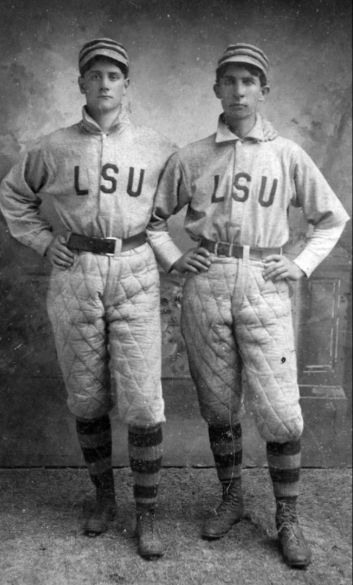
In the 19th century, sports were mostly recreational activities, and the concept of specialized clothing for athletic performance was virtually nonexistent. Athletes often wore their everyday clothes to compete. For example, women participated in sports like tennis and croquet wearing corsets, long skirts, and hats, which prioritized societal norms over practicality. Men, on the other hand, wore trousers, button-down shirts, and leather shoes, even for activities like cycling or cricket.
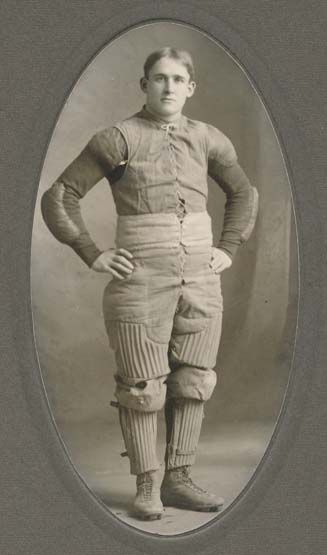
The lack of functional sportswear often hindered performance, but as competitive sports gained popularity, the need for specialized apparel became evident. In the late 1800s, sports uniforms started to emerge, tailored to allow better movement. For example, lawn tennis players began adopting shorter skirts, and male athletes wore lighter fabrics.
The Early 20th Century: Rise of Uniforms

The early 20th century saw the introduction of uniforms for sports such as soccer, baseball, and basketball. These garments were crafted with wool or heavy cotton to ensure durability, although they were often uncomfortable and limited mobility. Teams began adopting distinct colors and logos, turning sportswear into a symbol of identity and pride.
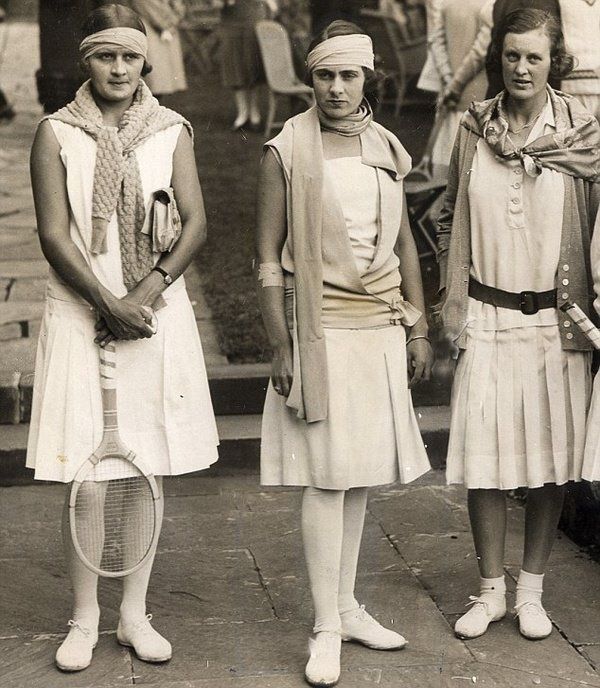
For women, the 1920s marked a shift toward more practical sports clothing. Tennis star Suzanne Lenglen popularized knee-length dresses, which were a dramatic departure from the heavy skirts of earlier years. The introduction of lightweight materials like jersey fabric made sportswear more comfortable and accessible.
Post-War Innovation: Functionality Meets Style

After World War II, technological advancements and changing lifestyles influenced sports apparel. Synthetic fabrics like nylon and polyester entered the market, providing lightweight, durable, and affordable alternatives to natural fibers. These materials revolutionized the industry, making sportswear more practical and versatile.
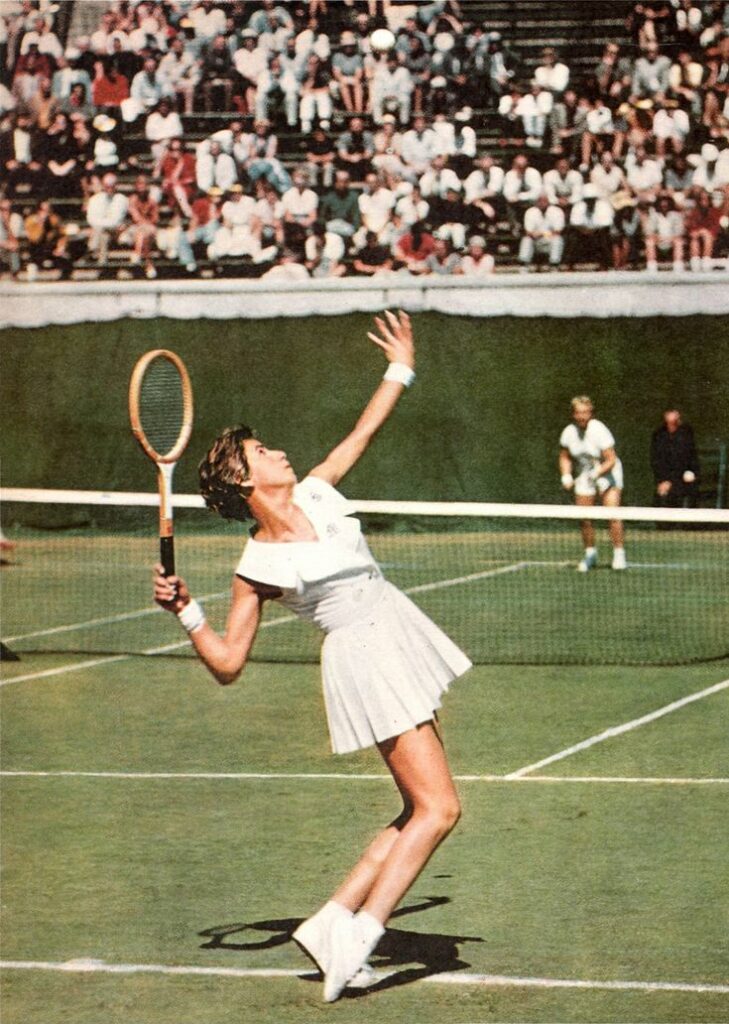
During the 1950s and 1960s, sports apparel also began crossing over into casual wear. Tracksuits and sneakers became staples of everyday fashion, driven in part by cultural icons like Steve McQueen and James Dean. At the same time, sports brands such as Adidas and Puma gained prominence by designing performance-enhancing footwear and apparel for professional athletes.
The 1970s and 1980s: The Birth of Sports Fashion
The 1970s marked the rise of fitness culture. Jogging, aerobics, and gym workouts became mainstream activities, creating a demand for stylish and comfortable sportswear. Brands like Nike emerged during this period, introducing innovations like the Air sole, which combined performance with style.
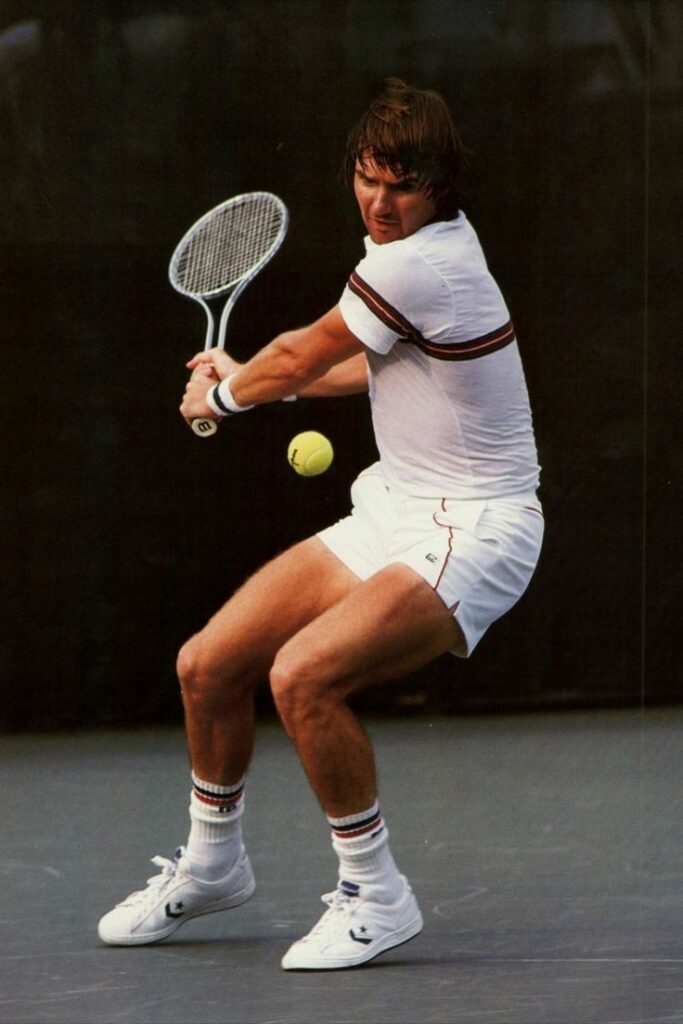
The 1980s saw sports apparel take on a more fashion-forward role. Bright colors, bold patterns, and oversized logos became the norm. Tracksuits, leggings, and sweatbands were not only worn during workouts but also embraced as streetwear. The “athleisure” trend had its first significant moment, with sportswear becoming a fashion statement.

The 1990s and 2000s: Technology Takes Over
In the 1990s, the focus shifted back to performance, with advancements in fabric technology driving innovation. Moisture-wicking materials, such as Nike’s Dri-FIT, and compression wear gained popularity among athletes for their ability to enhance performance and recovery. Customizable team uniforms became widely available, enabling amateur teams to create a professional look.
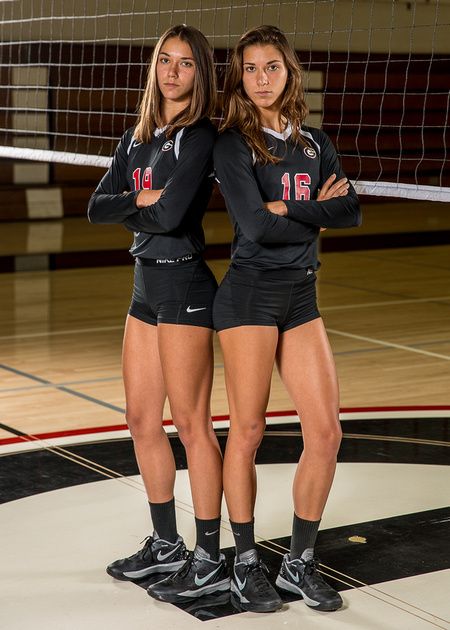
The 2000s saw the rise of sustainable practices in sportswear manufacturing. Companies began experimenting with recycled materials and eco-friendly production methods, setting the stage for the modern emphasis on sustainability in fashion.
Today: High-Performance Meets Sustainability
In recent years, sports apparel has reached new heights of innovation. Smart fabrics with built-in sensors can monitor heart rate, temperature, and hydration levels, helping athletes optimize their performance. Sustainable materials, such as organic cotton and recycled polyester, are now a priority for many leading brands.

The rise of athleisure has blurred the lines between sportswear and everyday fashion. Leggings, joggers, and performance sneakers are now wardrobe staples for people of all lifestyles, reflecting the growing emphasis on comfort and functionality.
The evolution of sports apparel mirrors broader societal changes, from the pursuit of practicality to the integration of technology and sustainability. What began as simple clothing to cover athletes has transformed into a sophisticated blend of performance, style, and environmental consciousness. As technology continues to advance, the future of sportswear promises even greater innovations, ensuring that athletes—and casual wearers—stay ahead of the game.
Photo credit Pinterest
Recommended1 recommendationsPublished in Uncategorized




